It was a weekend last summer when I was doing a deep clean. I was in a good mood until I discovered the mountain of shopping plastic bags under my bed. Honestly, I was shocked at that moment! Plastic bags of various colors were piled up there - red, yellow, blue, white - a colorful mess. Just counting them gave me a headache — my goodness, there were nearly 100! These bags came from various malls, supermarkets, and convenience stores, some had even turned yellow and brittle.
Lying on my bed staring at the ceiling, I started thinking about this issue. Every time I shopped, cashiers would naturally put items in plastic bags, and I never said "no thanks." After getting home, these bags would be casually stuffed under the bed, under the pretense of "saving them for later use." But in reality? They just lay there silently, accumulating until I discovered them today.
This discovery made me feel especially guilty. As someone who frequently shares environmental protection articles on social media, I had unknowingly hoarded so many plastic bags. Thinking about how these bags might end up in landfills or oceans, I felt particularly guilty about the sea turtles struggling in the ocean.
Having decided to change, I needed to first understand exactly where I was creating waste. I took out a notebook and started recording everything I threw away for a week. This process was honestly quite embarrassing, as I discovered I was such a waste-generating person.
First was takeout. As an office worker who doesn't like cooking, I ordered takeout almost daily. In one week, there were as many as 12 takeout containers. Each delivery came with disposable chopsticks and various condiment packets. Although vendors claim these packages are biodegradable, it still felt wasteful knowing these items were used once and thrown away.
Then there was courier packaging. Online shopping is really convenient, but it comes with a lot of packaging waste. A small lipstick requires several layers of unpacking: delivery box, bubble wrap, plastic bag, product box. Sometimes the packaging materials are several times larger than the product itself.
There was plenty of other waste in daily life too. Plastic bags casually taken while shopping at supermarkets (23 in a week), disposable plastic cups for bubble tea, small plastic bags for fruits from vendors, and even plastic bottles from used shampoo. This seemingly insignificant garbage adds up to an alarming amount.
Through this "waste investigation," I clearly saw for the first time how much burden my consumption habits were placing on the environment. These numbers not only shocked me but also made me realize the necessity for change.
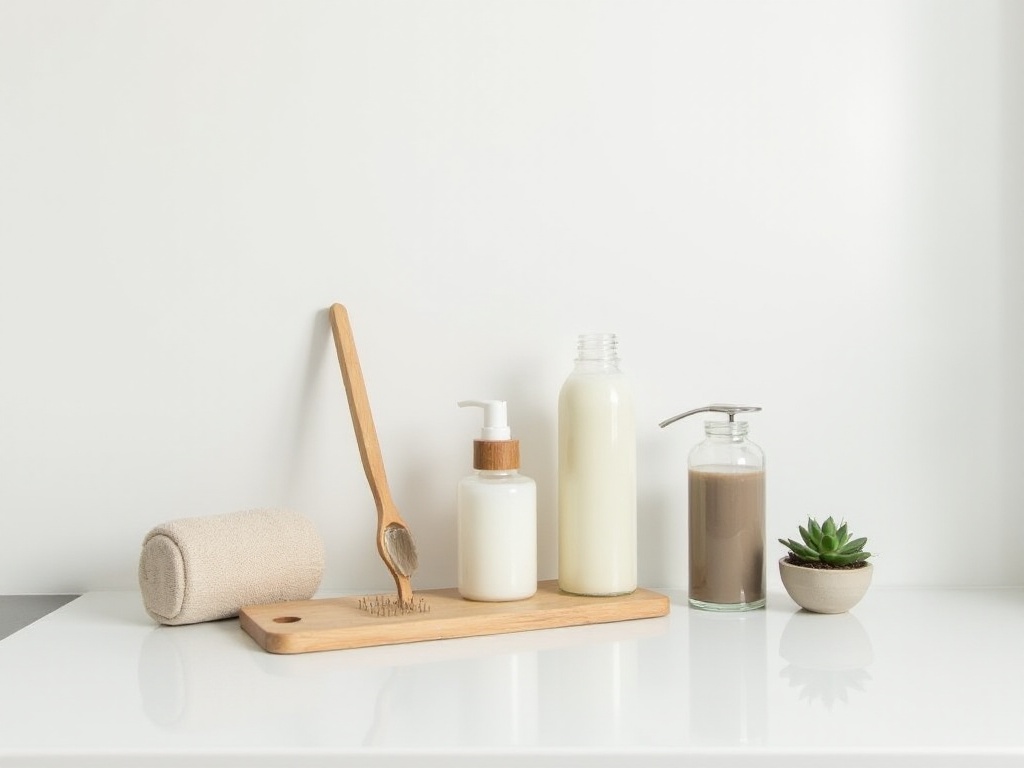
To make my zero-waste plan sustainable, I spent a lot of time studying various eco-bloggers' experiences and joined some zero-waste lifestyle discussion groups online. After digesting and reflecting, I developed a zero-waste lifestyle plan suitable for young urban dwellers.
First is the "Four No's Principle." This principle sounds simple but requires strong self-discipline to practice. Not accepting unnecessary freebies is the most challenging test. I remember once at a mall, when a sales assistant enthusiastically tried to give me a bunch of samples, she looked particularly confused when I declined. But thinking about how these samples would be thrown away after just a few uses, I still insisted on saying no.
Not buying over-packaged products made me give up many "beauty is justice" items. I used to be attracted by beautiful packaging when shopping, but now I think more rationally: Is this packaging really necessary? Can I choose alternatives with simpler packaging?
Not using disposable items is possibly the hardest to achieve. The essential "zero-waste trio" for going out: reusable bags, personal water bottle, and reusable cutlery. I often forgot to bring them at first, but now it's become a habit to check if these items are ready before leaving home.
Not carelessly discarding recyclable items requires knowledge of proper classification. I specifically learned about waste sorting and set up different recycling bins at home. Recyclable items like glass bottles, cans, and cardboard boxes are carefully washed and sorted before being stored until there's enough to take to the recycling station.
I remember once at the supermarket, the cashier habitually wanted to give me plastic bags. When I took out my own reusable bag, she paused, then smiled appreciatively: "There are more and more young people like you now." That comment made me feel particularly accomplished, feeling that my small persistence was noticed.
Besides these basic principles, I also set some specific action goals for myself. For example, completing at least one old item renovation each month, recording my waste output weekly, and thinking of at least one way to reduce waste each day. These small goals made my zero-waste journey more interesting and motivating.
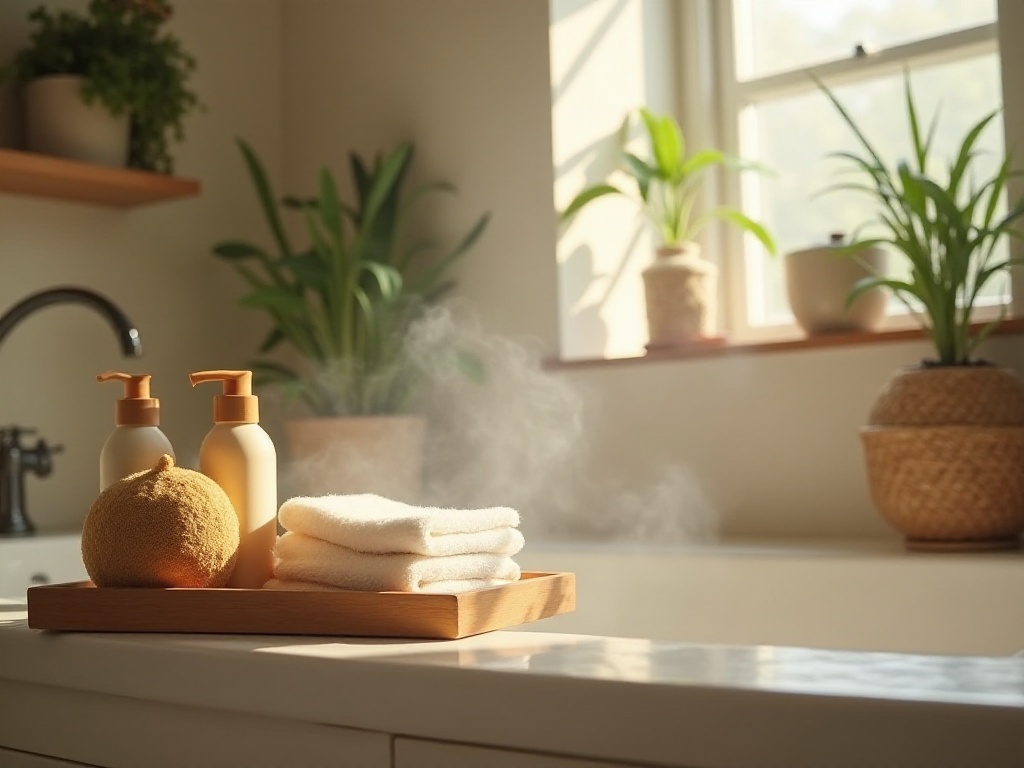
Honestly, among all changes, the food aspect was the biggest challenge. As someone who rarely cooked before, suddenly having to prepare my own lunch was quite a transition.
For this change, I invested in a set of nice lunch equipment: a double-layer insulated lunch box, portable cutlery, and an insulated soup cup. These items cost nearly 300 yuan together, but considering the saved takeout fees and avoided waste output, this investment was definitely worth it.
The first two weeks were indeed tough. I had to wake up half an hour earlier every morning to prepare lunch, often in a fluster. There were several times when the food was too salty or bland, and I had to force myself to finish it during lunch break. But gradually, I found my rhythm.
My secret is weekend bulk shopping and preparation. Every weekend, I list out next week's menu, then buy all needed ingredients at once. To keep ingredients fresh, I process vegetables differently: some are washed and cut then refrigerated, others stored in their original state. Meat is frozen in small portions, using only what's needed.
In preparing lunch, I've developed my own system. Taking last week as an example, here's how I arranged my lunches: Monday's minced meat eggplant with brown rice, the eggplant needs to be stir-fried fresh but the minced meat can be prepared in advance; Tuesday's stir-fried broccoli is simple, blanch the broccoli ahead and just need a quick stir-fry in the morning; Wednesday's braised tofu can be made ahead and stored in the fridge; Thursday's garlic zucchini and Friday's wood ear mushroom with green peppers are quick dishes that can be stir-fried in the morning.
For daily staples, I choose brown rice, which is not only healthy but has a longer shelf life than white rice. I cook two days' worth at once in the rice cooker, saving time from cooking rice every morning.
This lunch arrangement not only avoids takeout container waste but also makes my lunch healthier and more ceremonial. Colleagues say my lunch boxes look particularly tempting and often ask for cooking tips. Gradually, more colleagues started bringing their own lunch.
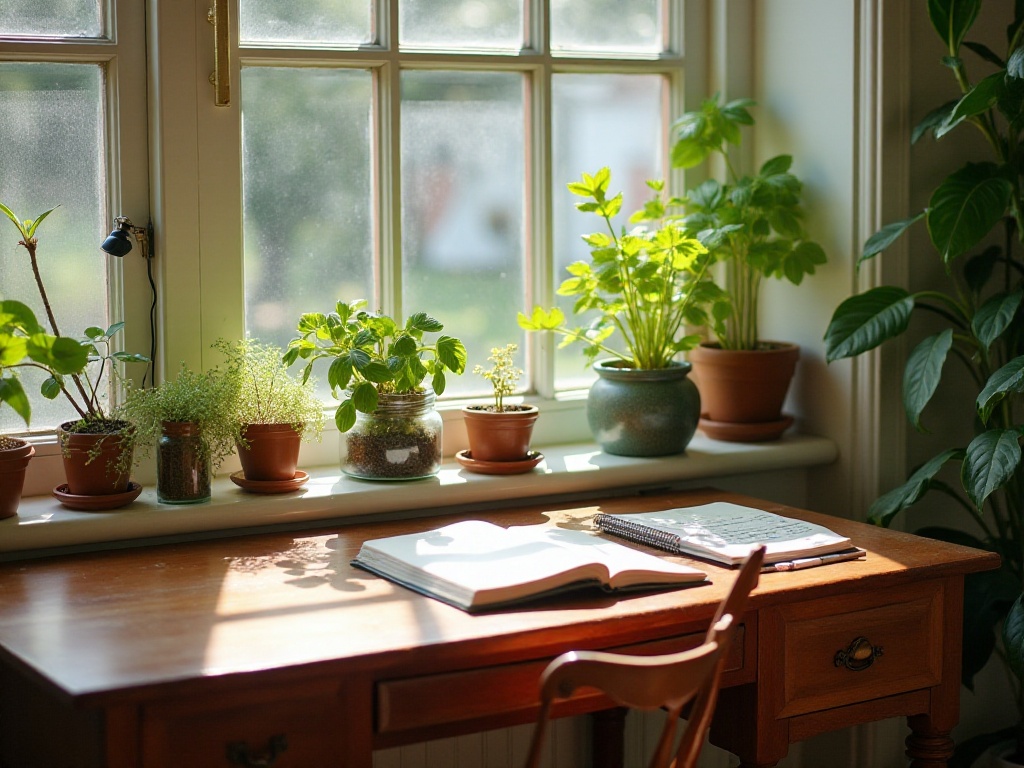
The reform of personal care products is one of the most successful parts of my zero-waste life. Honestly, I was skeptical about solid products at first. After all, I'd been using liquid shampoo all my life, suddenly switching to solid felt unreliable.
But when I saw my used shampoo bottles piled together, that image was really striking. An average person uses up a bottle of shampoo every two months, that's 6 plastic bottles a year. Thinking these plastic bottles might take hundreds of years to degrade, I decided to try solid shampoo bars.
Selecting a solid shampoo bar took quite some effort. My hair tends to be oily, so I specifically chose a shampoo bar with green tea ingredients. It definitely required some technique at first - you need to work up plenty of lather before evenly applying it to your hair. But after a week of use, I completely fell in love with the feeling. My hair felt fresh, with no sticky feeling at all, and one shampoo bar lasts 3-4 months.
After using solid shampoo bars for half a year, I not only saved 3-4 plastic bottles but also found my scalp condition had improved significantly. Maybe it's because the solid bar's ingredients are more gentle and natural. Now I've also switched my body wash to handmade soap, conditioner to solid conditioning bars, and even toothpaste to toothpaste tablets.
Speaking of toothbrushes, I now use bamboo toothbrushes. It was indeed strange getting used to the bamboo texture at first, feeling odd. But after two weeks, I completely adapted. Statistics show that one person uses over 300 plastic toothbrushes in their lifetime, and these toothbrushes take over 500 years to decompose. Just thinking about this number makes switching to bamboo toothbrushes seem like a very wise choice.
For skincare products, I've also made big changes. Previously, my skincare routine was particularly complicated, with various essences, lotions, and creams, each in separate plastic packaging. Now my skincare routine is much simpler, embracing the "less is more" philosophy. I use solid facial cleansing bars for cleaning, and just one multi-effect cream for skincare, trying to choose products in glass packaging whenever possible.
Actually, thinking carefully, many beautifully packaged skincare products are really marketing a luxury concept rather than actual skincare effects. After simplifying, not only have I reduced packaging waste, but my skin condition has actually improved compared to before.
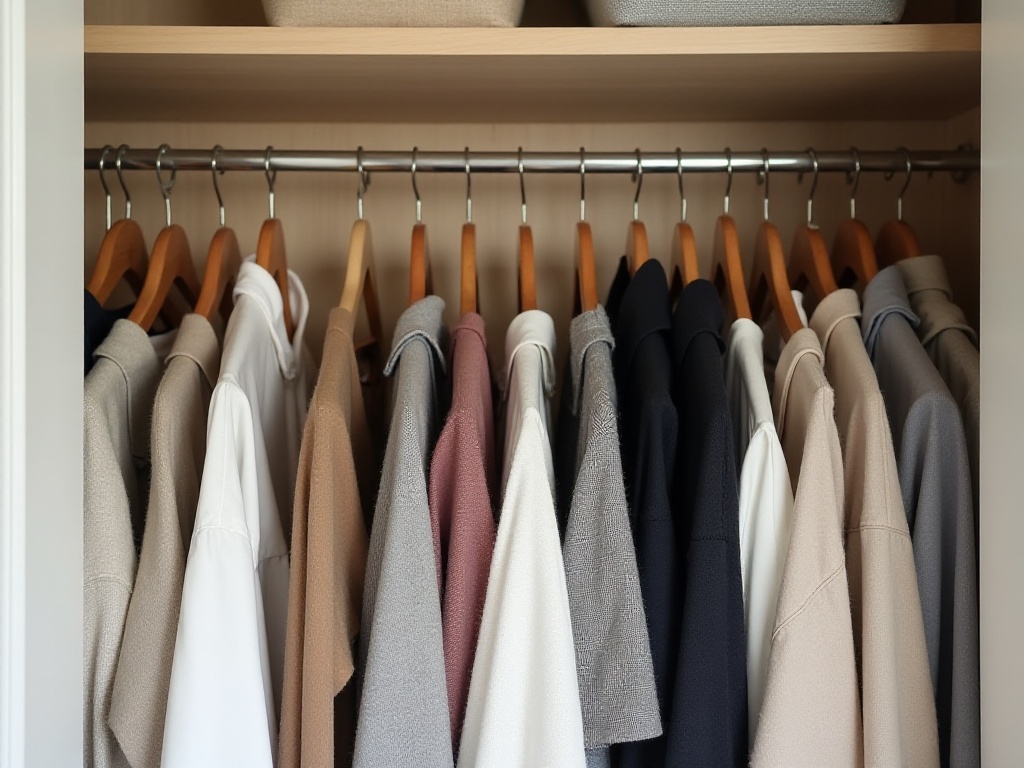
Before starting my zero-waste lifestyle, my wardrobe was a complete mess. Various clothes were crammed full, but every morning I still faced the dilemma of "having nothing to wear." Many clothes were worn only once or twice after purchase, either not fitting well or not suitable for daily wear, ultimately becoming "wardrobe tragedies."
Now I follow the "one in, one out" principle. Want to buy new clothes? Fine, but must first remove one old item from the closet. This rule seems simple but has greatly changed my shopping habits. Every time I want to buy new clothes, I first ask myself: Is this piece really worth removing an existing item for? This thinking has helped me avoid many impulse purchases.
After half a year of organizing, my wardrobe now contains only 30 basic pieces. These clothes are all carefully selected: simple cuts, basic colors, durable fabrics. Although not many in number, they can be mixed and matched differently every day without repetition. Most amazingly, fewer clothes actually make coordination easier, and the "closet full but nothing to wear" situation never happens anymore.
For those discarded clothes, I don't just throw them away carelessly. Those still in good condition go to second-hand markets or are donated to welfare organizations, only those truly unwearable are recycled. This approach is not only environmentally friendly but also allows these clothes to serve their final purpose.
When purchasing new clothes, I pay more attention to quality and durability. Better to spend more on one quality piece than buy several poor quality ones. Because quality clothes last longer, they're actually more economical and environmentally friendly in the long run.
I also pay special attention to clothing care. After each wash, I carefully air dry them and regularly check if repairs are needed. Addressing small issues promptly can greatly extend clothes' lifespan. Like tightening loose buttons immediately, mending small holes right away - these small actions accumulated help clothes stay with us longer.
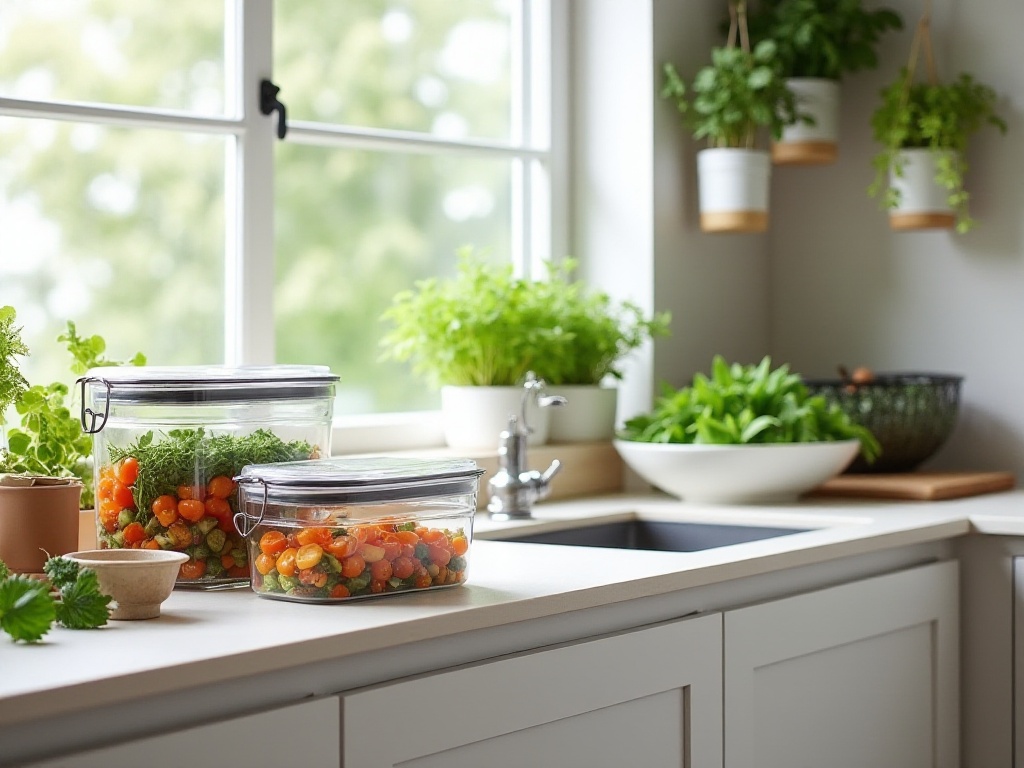
The changes brought by zero-waste living weren't just personal, they also influenced my friends. Gradually, I found more and more friends becoming interested in this lifestyle.
Once at a friend gathering, I habitually took out my reusable cutlery, which caught everyone's attention. When discussing zero-waste living, friends were all very interested and expressed wanting to try. So we created a "Zero-Waste Living Exchange Group" to share our eco-friendly tips and experiences.
Last month, we even organized a clothing swap event. Everyone brought clothes they don't wear but are still in good condition to exchange. This event was particularly successful, not only finding new owners for idle clothes but also strengthening friendships. Seeing your unworn clothes make others happy is really a great feeling.
During the event, we not only exchanged clothes but also shared our zero-waste living experiences. Some shared recipes for homemade eco-friendly cleaners, others taught how to transform old clothes into shopping bags, and some brought their homemade pickled vegetables to demonstrate how to avoid food waste.
Through these activities, we formed a small environmental protection community. Everyone encourages each other, shares experiences, and moves forward together on the zero-waste path. This collective force makes persistence easier and continuously expands the impact of environmental actions.
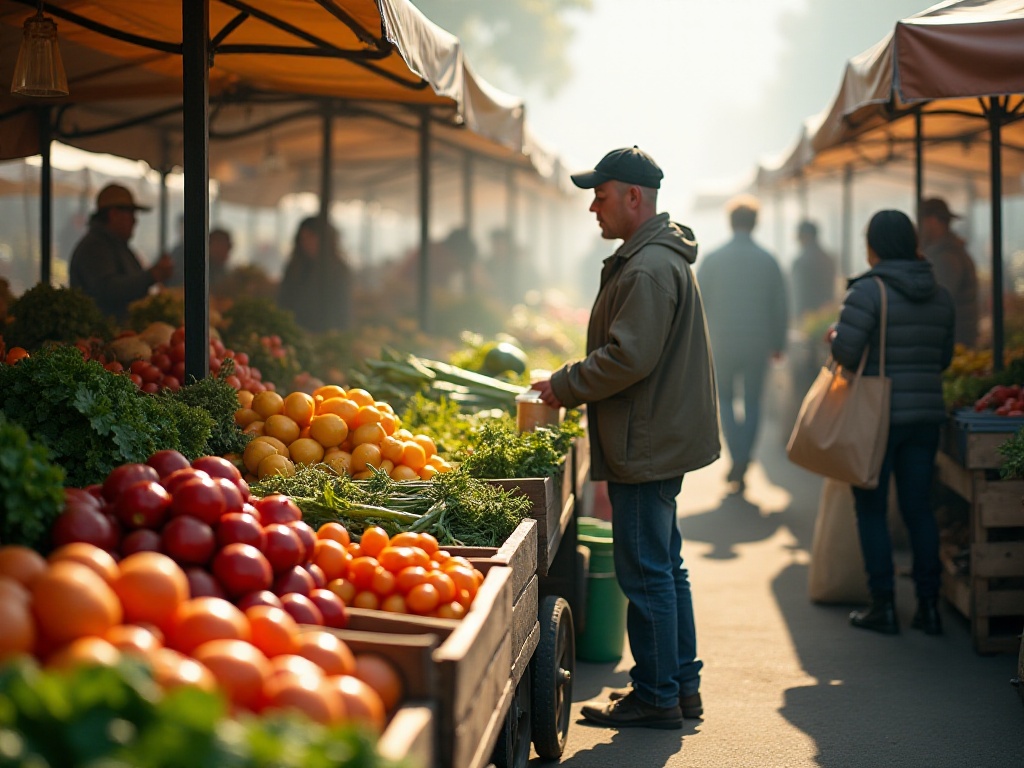
After practicing zero-waste living for over a year, my biggest realization is: change doesn't need to happen overnight, what's important is continuous action. As the ancients said: "A journey of a thousand miles begins with a single step." Every small choice contributes to Earth's future.
Through recording, I found I saved approximately over 2000 plastic bags, over 300 takeout containers, and countless disposable items in a year. These numbers make me feel gratified and motivate me to continue this lifestyle.
Zero-waste living has brought me not just environmental benefits, but also improved quality of life. Cooking for myself means eating healthier, a simplified wardrobe makes life more organized, and reduced shopping makes spending more reasonable. I discovered that a simple lifestyle actually brings more happiness.
Most importantly, this lifestyle has given me deeper thoughts about life. Every consumption, every choice, is no longer casual but a well-thought-out decision. This awareness makes life more meaningful and valuable.
Zero-waste living isn't about producing absolutely no waste, but about thinking more consciously: how can we make life both comfortable and environmentally friendly? This is a question that requires all of us to think about and act on together. I hope more people can join this ranks, making changes together for Earth's future.
What do you think? Welcome to share your thoughts and experiences in the comments section. Let's discuss, progress together, and contribute our part to environmental protection.
 Previous
Previous